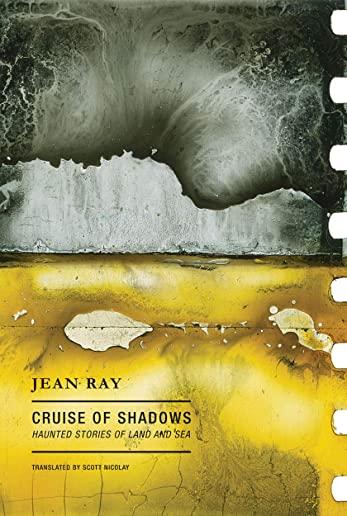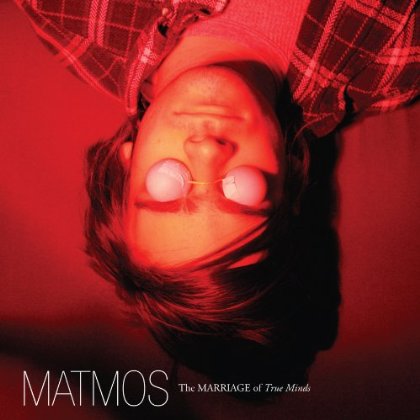
Footsteps in an abandoned holiday resort as the cold weather settles in; a knock on the door of a hut in the middle of an isolated bog; a lane in Rotterdam perceptible to only one inhabitant in the city. In Cruise of Shadows, Jean Ray began to fully explore the trappings of the ghost story to produce a new brand of horror tale: one that described the lineaments of a universe adjacent to this one, in which objects sweat hatred and fear, and where the individual must face the unknown in utter isolation. First published in 1931, two years after he served his prison sentence for embezzling funds for his literary magazine, Ray's second story collection failed to find the success of his first one, Whiskey Tales, but has emerged over the years as a key publication in the Belgian School of the Strange. It has remained unavailable in its integral form even in French until recently, however, though it contains some of Ray's most anthologized and celebrated stories, including two of his best known, "The Mainz Psalter" and "The Shadowy Alley." This is the book's first English translation, and the second of the volumes of Ray's books to be published by Wakefield Press.
Alternately referred to as the "Belgian Poe" and the "Flemish Jack London," Jean Ray (1887-1964) delivered tales of horror under the stylistic influence of his most cherished authors, Charles Dickens and Geoffrey Chaucer. A pivotal figure in what has come to be known as the "Belgian School of the Strange," Ray authored some 6,500 texts in his lifetime.






